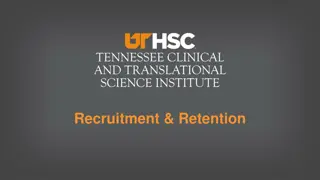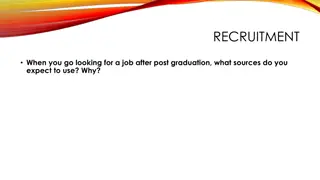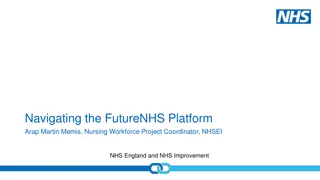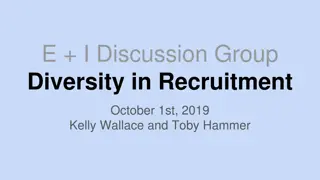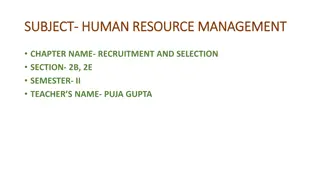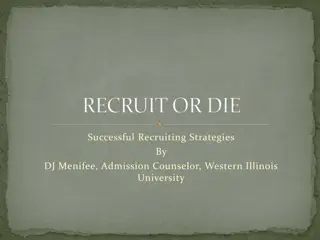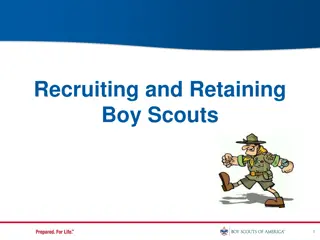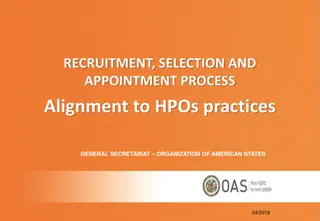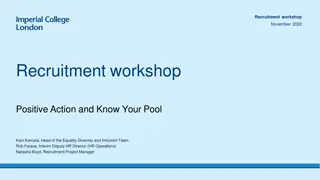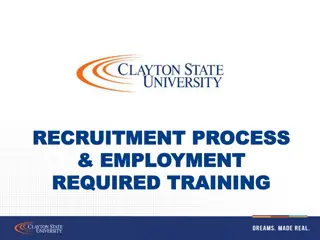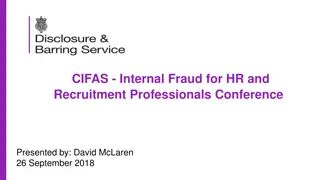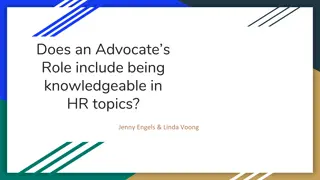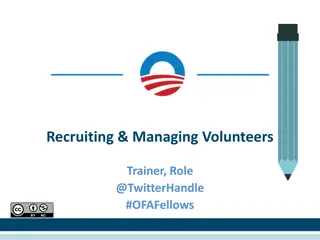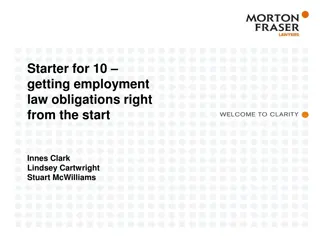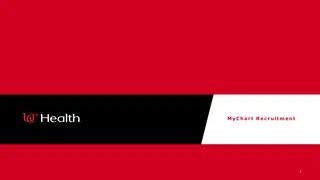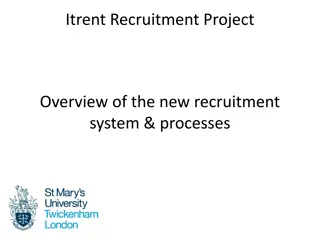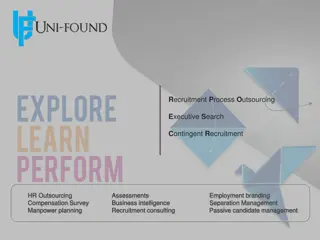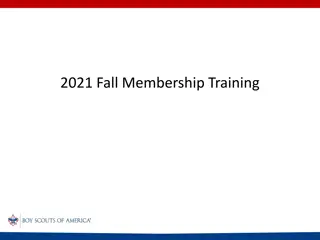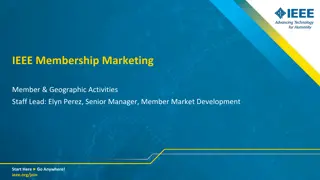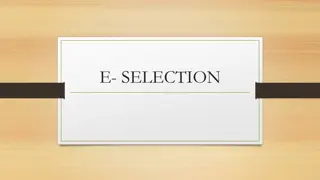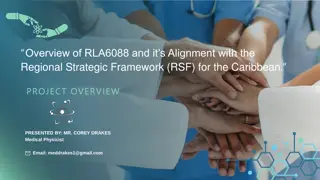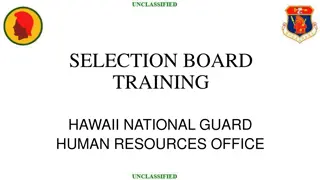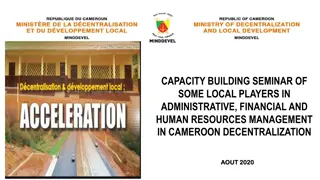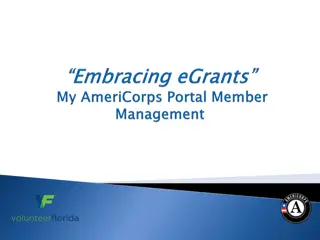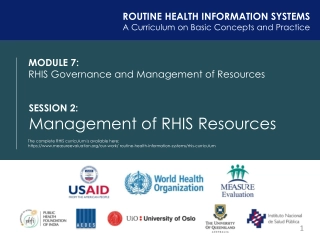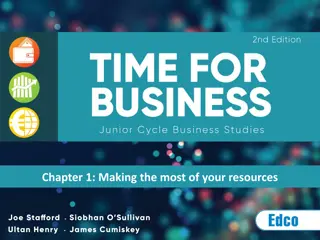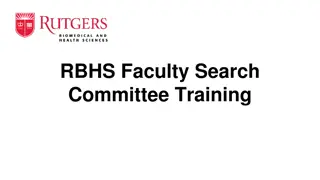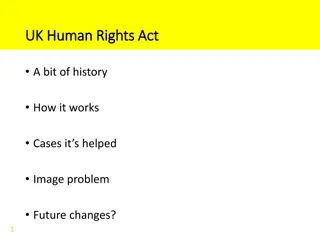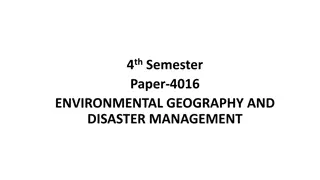Understanding Recruitment Process in Human Resources
Recruitment is the essential process of attracting, selecting, and hiring the right candidates for job positions within an organization. It involves various objectives such as bringing in diverse skills, enhancing organizational culture, and global talent search. Factors influencing recruitment include supply and demand dynamics, internal and external sources like employee referrals and advertisements. Effective recruitment is vital for maintaining a pool of qualified candidates, meeting firm requirements, and reducing turnover rates.
Download Presentation

Please find below an Image/Link to download the presentation.
The content on the website is provided AS IS for your information and personal use only. It may not be sold, licensed, or shared on other websites without obtaining consent from the author. Download presentation by click this link. If you encounter any issues during the download, it is possible that the publisher has removed the file from their server.
E N D
Presentation Transcript
HR FUNCTIONS -I Recent and Selection Interviewing candidates Prepared by Malathi lecturer in commerece
Meaning of recruitment Recruitment is understood as the process of searching for & obtaining applicants for jobs, from whom the right people can be selected. Recruitment is the process of attracting prospective employees and stimulating them for applying job in an organization. Recruitment refers to the process of receipt of applications from job seekers.
Objectives of recruitment To attract people with multi dimensional skills and experiences that suit the present and future organisational strategies To induct outsiders with a new perspective to lead the company To infuse fresh blood at all levels of the organisation To develop an organisational culture that attracts competent people whose skills fit the company s values To search or head hunt whose skills fit the company s values To devise methodologies for assessing psychological traits To search for talent globally and not just within the company
Importance of Recruitment: Provide a pool of potentially qualified job candidates. Determine the present & future requirements of the firm Increases the pool of job candidates at minimum cost Increase the success rate of selection process Helps to reduce the probability that job applicants, once recruited & selected will leave the organization only after a short time. Increases organizational & individual effectiveness in the short-run & in long-run.
Factors influencing recruitment Supply and demand - Unemployment rate - Labour market - Political- legal - Sons of soil Recruitment policy HRP Size of the firm Cost Growth and expansion
Internal sources of recruitment Present Employees: Employee Referrals: Former Employees: Previous Applicants:
External sources of recruitment Professional or Trade Association: Advertisements: Employment exchange Campus recruitments: Walk-ins, Write-ins, & Talk-ins: Consultants: Contractors: Displaced persons Radio & Television Competitors: E-recruiting:
Recruitment process Recruitment is the process of identifying & attracting job seekers so as to build a pool of qualified job applicants. The process comprises 5 interrelated stages:- - Planning, - Strategy Development, - Searching, - Screening - Evaluation & Control.
Recruitment Planning: Planning Involves the translation of likely job vacancies & information about the nature of these jobs into a set of objectives that specify the number & type of applicants to be contacted. - Number of Contacts: - Type of Contacts: Job description and Job specialisation.
Strategy Development: - Make or Buy: - Technological Sophistication - Where to Look - How to look -When to look:
Searching: Once a recruiting plan & strategy are worked out, the search can begin - Source Activation: does exist or will exist - Selling
Screening: Evaluation & Control: - Evaluation of Recruitment Process: a. Number of suitable candidates for selection; b. Retention & performance of the candidates selected; c. Cost of the recruitment process; d. Time lapsed data; e. Comments on image projected. - Evaluation of Recruitment Methods: a. Number of initial enquiries received which resulted in completed application forms; b. Number of candidates at various stages of the recruitment & selection process, especially those shortlisted; c. Number of candidates recruited; d. Number of candidates retained in organization after 6 months.
Recruitment Policy: The recruitment policy of an organization would normally be in alignment with the objectives & policies of the organization. It lays down the objectives of recruitment, & the channels & sources of recruitment. A good policy recruitment policy is based on the organization s objectives, identification of the recruitment needs, preferred sources of recruitment, cost of recruitment, & so on. It should reflect the reputation &image of the organization.
A good recruitment policy- --Provides optimum employment security & avoids frequent lay-offs; - Prevents the formation of cliques which result in employing the members of the same household or community in the organization; - Reflects the social commitment of the organization by employing handicapped people & other underprivileged people of the society whenever there is a possibility of job fit; - Is in alignment with the objectives & policies of the organization - Is flexible enough to accommodate changes in the organization - Is designed in such a way that it ensures long-term employment opportunities for its employees; - Is cost effective for the organization.
Recruitment Approaches Realistic job preview( RJP) Job compatibility questionnaire (JCQ)
Alternatives to Recruitment Overtime Employee leasing Temporary employment
Selection Selection is the process of picking individuals out of the pool of applicants with requisite qualifications & competence to fill jobs in the organization. Selection is the process of choosing the most suitable candidate for a job from the available applicants.
Selection as a source of competitive advantage - Performance - Cost
Organization for Selection: - It is easier for the applicant because they can send their applications to a single centralized department; - It facilitates contact with applicants because issues pertaining to employment can be cleared through one central location; - It helps operating managers to concentrate on their operating responsibilities; - It can provide for better selection because hiring is done by specialists trained in staffing techniques; - Hiring costs may be cut because duplication of effort is minimized; - With increased government regulations on the selection process, it is important that people who know about these rules handle a major part of the selection process
Environmental Factors Affecting Selection: External factors are Supply & demand of specific skills in the labour market, Unemployment rate, Labour-market, Legal & political considerations, Internal factors are Company s policy, HRP Cost of hiring.
Selection process Preliminary Interview: Selection Tests: - Aptitude Test help determine a person s potential to learn in a given area. E.g. MAT, GMAT; - Personality Test are given to measure a prospective employee s motivation to function in a particular working condition. - Interest Test are used to measure an individual s activity preferences. These tests are particularly useful for students considering many careers or employees deciding career changes; - Graphology Test is designed to analyze the handwriting of an individual. - Polygraph Test is a lie detector are designed to ensure accuracy of the information given in the applications; - Medical Test reveal physical fitness of a candidate.
Choosing Tests: - Reliability: - Validity - Objective: - Standardised:
Employment Interview: Types of Interviews: - Structured Interview: - Unstructured Interview: - Mixed Interview: - Behavioural Interview: - Stressful Interview: - In-depth Interview:
Reference & Background Checks: Selection Decision: Physical Examination: Job Offer: Contracts of Employment: Evaluation of Selection Programme: Assessment Centre's:
Barriers Of Effective Selection: Perception Fairness Validity and Reliability Pressure


